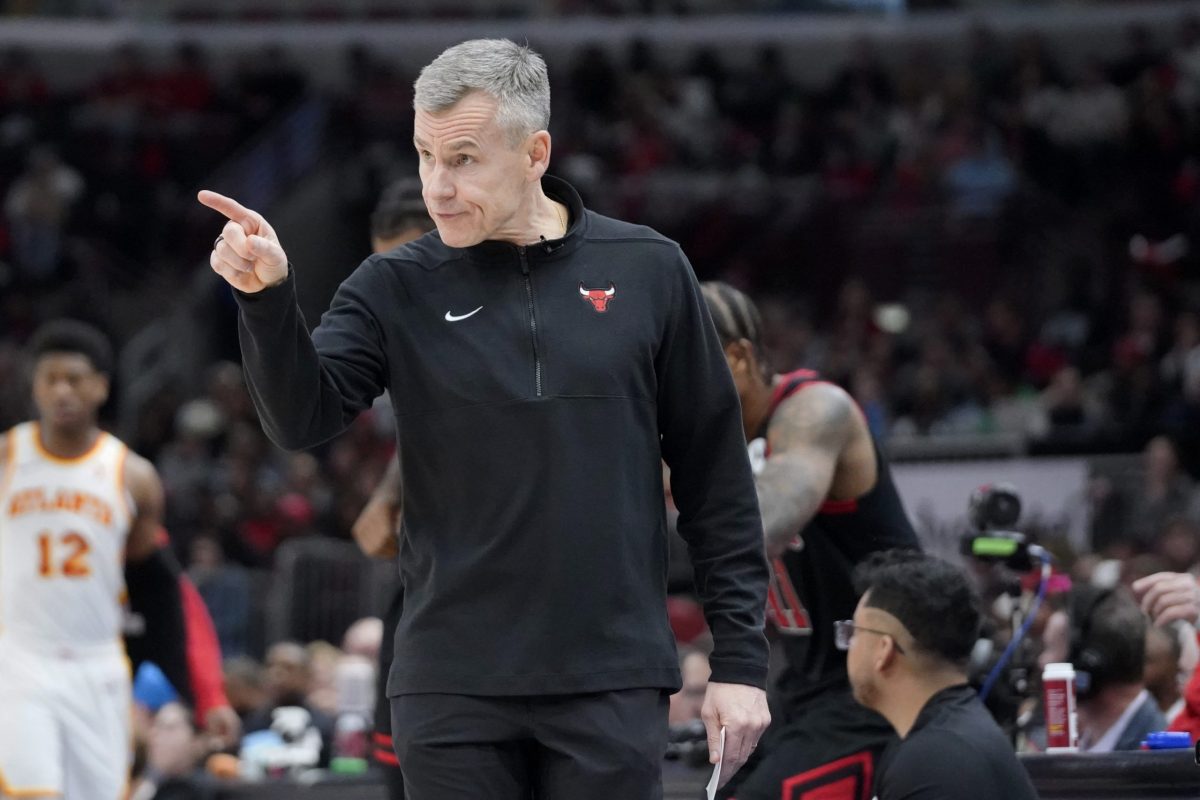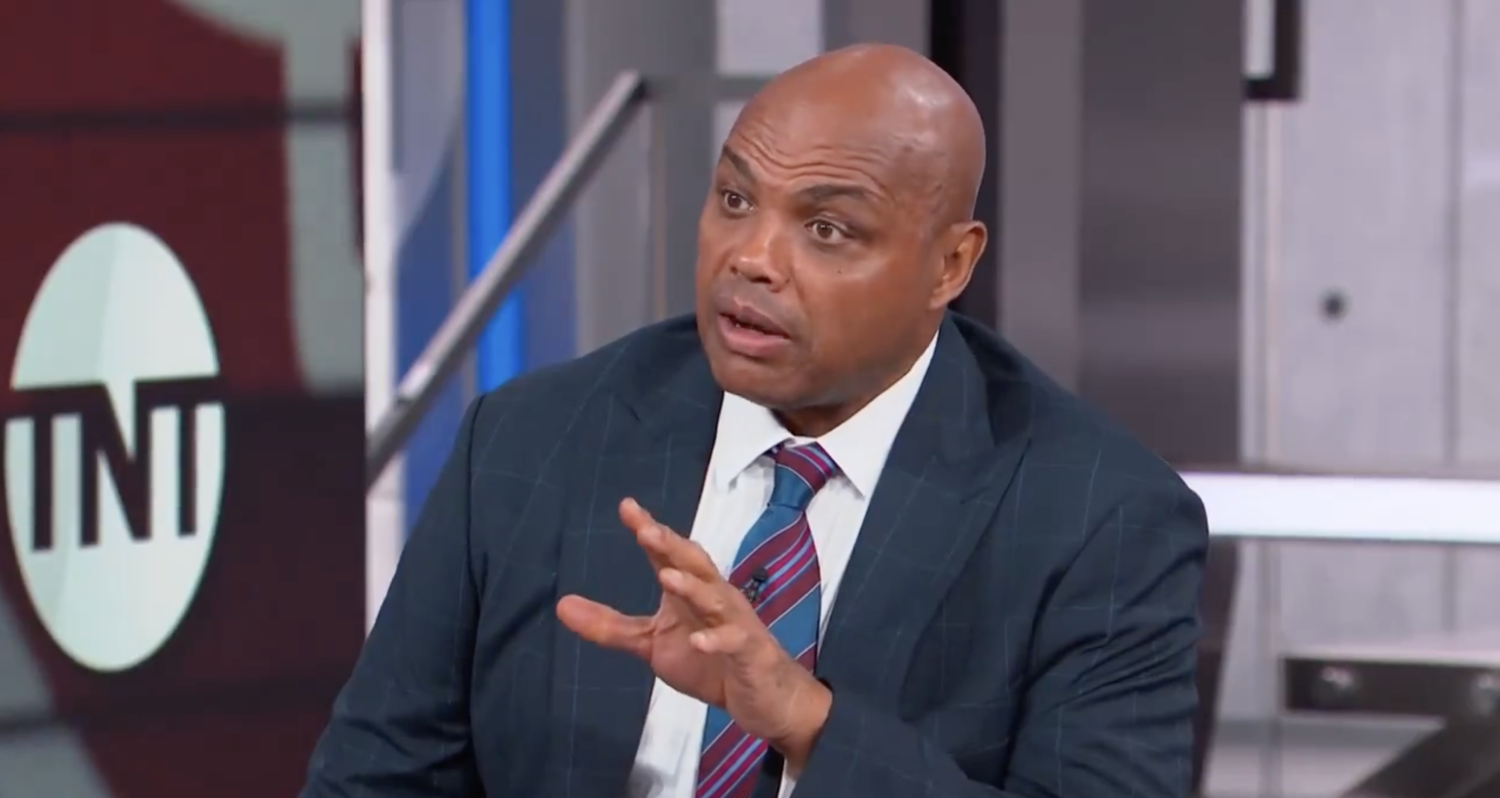When is a live viewer not counted as live? When they’re watching on a streaming service. In the latest example of ratings metrics not being fully designed for the current methods of TV consumption, Joe Flint of The Wall Street Journal reports that Nielsen has been counting many streaming viewers as same-day rather than live because streaming lag pushes them over the 25-second threshold set for “delayed” back in the early days of DVRs.
That’s not a huge deal for most programming, where ads are sold on a basis that accounts for delayed viewing, but it’s a big problem in the sports world:
With major sporting events like NFL games, advertisers frequently pay a premium to reach a certain number of live viewers. Sports programming typically has live viewership of well over 90%, and that is primarily how sporting events are sold to advertisers.
In a recent Sunday night football game on NBC between the Dallas Cowboys and Philadelphia Eagles, the number of live viewers in the advertiser-coveted 18-49 demographic that were not counted was 166,000, according to NBC. If those viewers were counted as live instead of the delayed-viewing category of live plus same-day, NBC’s rating in that category would have grown by 2% to 8.55 million.
“As the media landscape has shifted, there needs to be an accommodation to accurately measure live audiences watching Sunday Night Football and other live events via virtual MVPDs,” said Joe Brown, senior vice president of research at NBC Sports Group. “There is a significant undercounting due to latency, which could cost broadcasters tens of millions of dollars on the NFL alone over the course of the 2017 season.”
It’s a similar story at other networks. Fox’s Oct. 15 Sunday afternoon football coverage had 143,000 people in the 18-49 demographic who were watching live not credited to the network. If they had been, the network’s 18-49 average that day would have grown 2.4%.
“We’re not getting full credit for our live viewing and it’s impacting us every weekend. It’s imperative to all networks that Nielsen move quickly on rectifying this issue,” said Bill Wanger, executive vice president of programming, live operations and research for Fox Sports.
The latest
Comprehensive results from ESPN’s first seven weeks of Nielsen Total Live Audience are in, and the data shows that streaming and out-of-home (OOH) are contributing significant incremental audience. Specifically among Millennials (Persons 18-34), ESPN saw a 23 percent increase in Total Day and a 28 percent increase in Prime Time over ESPN’s traditional viewership. As a result, ESPN saw 4 percent and 13 percent year-over-year growth in Total Day and Prime Time viewing overall, respectively, among Millennials during that time period. Additionally, Millennials drive nearly half of all ESPN streaming (46 percent), while females specifically make up a sizable 34 percent of all Millennial OOH viewing. Furthermore, Total Live Audience among Millennial females increases by more than 12 percent with the inclusion of OOH measurement.
“These early findings from Nielsen tell us that Total Live Audience is the only meaningful way to understand sports consumption, including key insights into our Millennial viewers,” said Cary Meyers, SVP of Fan and Media Intelligence, ESPN. “We will continue to mine this data to not only inform us on how best to serve fans with our content, but also to guide advertisers on how best to optimize their brand on our platform with specific audiences.”
Now, that’s counting a couple of different buckets with out-of-home and streaming, and out-of-home viewership isn’t particularly affected by this streaming lag issue (unless it’s on a streaming service). But out-of-home viewing in general was seen as providing a nine per cent lift in sports (larger than any other category) back in August, so there’s a significant streaming component here too. That ESPN release also mentions 16 percent, 13 percent and 18 percent overall audience lifts for college football, Monday Night Football and NBA broadcasts from the Total Live Audience metrics, so this miscounting of streaming has impacted their live numbers too. But Nielsen has said they’ll work with clients and redefine “live” to within three minutes, so that should solve the issue. Flint notes that ESPN’s been particularly pushing for change here, and that they’re optimistic it will come:
Walt Disney Co.’s ESPN said it has been leading the effort to fix the issues with Nielsen, given that the majority of its programming is viewed live.
“As technology continues to advance and more content is streamed, it is imperative that measurement evolves,” said Cary Meyers, head of research at ESPN. “We’re confident Nielsen is making progress on a resolution in the near term.”
That resolution could be awfully important for sports networks. There are enough challenges out there with NFL ratings and their bottom-line impact. Broadcasters don’t need further issues from actually-live viewers not being counted as such.







